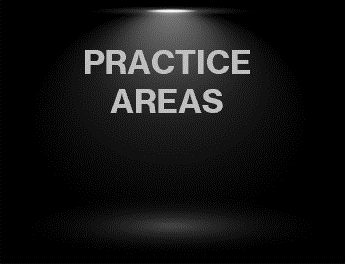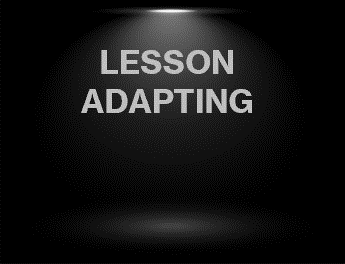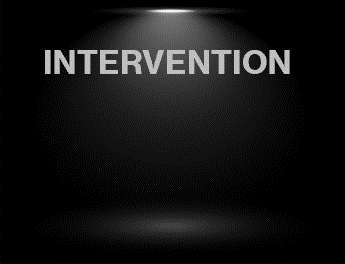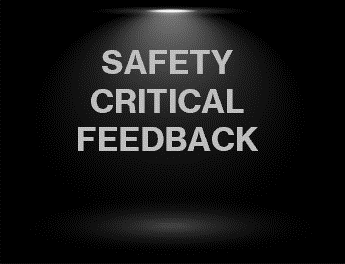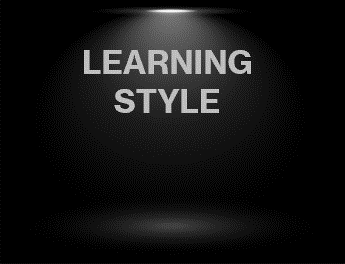
Technical Information
Was the technical information given comprehensive, appropriate, and accurate?
What do you know?
Do you know it inside out?
The information you give to your pupils will probably stay with them for the rest of their life, so you MUST ensure it is technically correct!
If information that you supply leads to a Safety-Critical Incident occurring you can pretty much expect to be taking your Part 3 or standards check test again.
Tar is sticky, so the information you supply wants to stick
TAR, in this instance stands for
TIMELY
ACCURATE
RELEVANT
Is the information you give , given in a timely manner?
Is it technically correct?
Is it Relevant to the circumstances?
LETS DEAL WITH TIMELY FIRST.
There is no point on a 30mph road asking your pupil to take the next road on the right when you are 10 foot away from it.
The timing of you instruction would never give your pupil time to react and if they attempted it, it would possibly be the cause of an accident.
They would probably miss their mirror checks, not place a signal on, and would slam on the brakes just to make the turning.
Although the Information for what you wanted your pupil to do was accurate and relevant, it definitely did not meet the timely criteria.
learners irrelevant of their experience still need time to hear, process and act on any information supplied.
Obviously, as their skill level grows they will be more proficient in carrying out the necessary task to complete the instruction, but processing time will still be required.
The timing of any of your instructions are vital to keep things smooth and dealt with in a safe manner.
ACCURATE INFORMATION IS CRUCIAL!
Telling your learner it is Ok to drive at 31mph in a 30mph zone is technically incorrect.
Although police forces around the UK may turn a blind eye and allow a 10% margin based on calibrations, tyre rolling circumferences etc, 31mph in a 30mph zone is technically illegal and can be prosecuted.
I've sat in on lessons with PDI's who have had training with other companies, and heard some weird and wonderful stuff come out of the PDI's mouth.
Just put this scenario in your head.
You are a 17 year old girl on a motorway lesson.
Your instructor is talking to you about specific items on the motorway, marker posts, safe zones, emergency phones, countdown markers etc.
One of the things you have heard from the instructor is that if you break down on the motorway, the emergency phone costs £250 just to pick it up!
So that learner having now passed her driving test goes on the motorway for the first time.
She's got a couple of pound on her, as her car insurance was so expensive.
She broke her phone last week and is waiting for a repair to be carried out on it.
But a couple of miles into her journey on the motorway her oil warning light comes on!
She manages to make it to one of the safe zones.
But remembers her instructor telling her it costs £250 just to pick up the emergency phone.
What is she going to do?
You can guarantee that she will now attempt to walk along the motorway to the nearest slip road, walk off the slip road and try and find a phone box or somewhere to maybe ring Mum or Dad.
The Information supplied by the PDI was TOTALL INACCURATE!
An emergency phone on a Motorway is free to use. It may however cost you to arrange a company to recover your vehicle.
Ok, the driver had no money, but the call could still have been made, and her circumstances could easily have been relayed to the recovery company.
Most companies would still arrange the recovery even if it meant that the payment had to be made by installments.
Alternatively, the driver could have arranged her own recovery or for someone to come out and have a look at it first before arranging a recovery company.
Sometimes cars can just do weird things, or it may have just been that the car was a little low on engine oil and just a bit being added would have made the light go off and she could have continued her journey.
The lack of knowledge of the company that trained this PDI, and the PDI not questioning or finding out for themselves whether this information was factual or not could have lead to a serious incident happening on the motorway.
You do not want to be talking this sort of rubbish on your part 3 or standards check test.
YOU MUST KNOW YOUR STUFF.
If you don't know it NEVER MAKE STUFF UP! Apologise to your pupil. Explain that there is a lot of information when it comes to driving and you could not possibly know everything on tap. But that you will find out the information and get back to them.
You would be expected to know the more common everyday information for driving inside out though.
RELEVANT
There is no point in talking about merging when on a single lane track, it holds no relevance to the current circumstances.
Likewise, telling your pupil to check their mirrors and place on a indicator signal when they are a day away from their driving test, really should have no relevance to the current ability and experience of that learner.
If you learner is capable of carrying out the task without any input from you the it holds no relevance.
However, that being said, it is still your responsibility to keep the learning location safe throughout the lesson. So it may be a case that a prompt will still be necessary if it meant keeping the circumstances safe. It may even be that physical intervention is necessary if for some reason your pupil had a state of lack on concentration.
If information has to be given that is not normally needed due to the ability and relevance of your pupil, it would be very wise, and even crucial in the event of a safety-critical incident occurring to pull your learner over and discuss why you needed to intervene either verbally or physically. Try and discuss what happened and how the incident came about.
When you are giving information, as mentioned in previous sections, try and get into the habit of looking toward and at your pupil.
Talking to the windscreen might make you feel like you're a confident instructor, but trust me, you'll have no idea whether your pupil has heard you or not or how they have reacted to your instruction and made any sense of it.
By looking at your pupil as you give an instruction you will notice firstly whether they look in shock, scared, confused, blank as though they have not heard you, whether they have checked relevant mirrors, put on a signal correctly, whether they are coming off the gas pedal and introducing the brake and getting ready with the clutch for a gear change or to stop.
All of this will be missed if you don't look at them.
Thinking back to setting your pupils lesson goal and using the SMART learning method.
If you are using this method you are on a good path to ensuring the lesson is set around Timely, Accurate and Relevant information.
Although the SMART method is more about achieving a learning goal it still carries the same relevance to giving relevant technical information.



